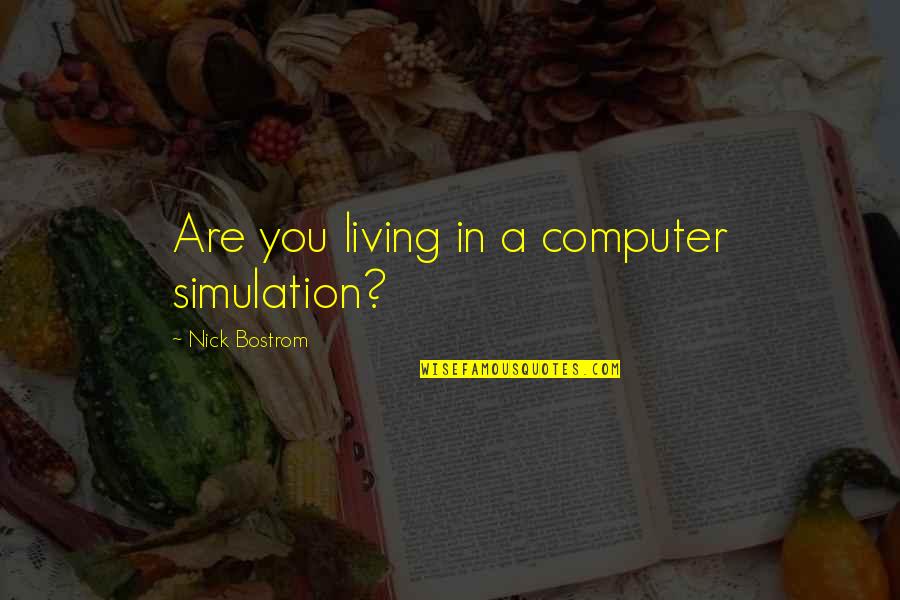


The fourth stage is pure simulacrum, in which the simulacrum has no relationship to any reality whatsoever.Baudrillard calls this the "order of sorcery", a regime of semantic algebra where all human meaning is conjured artificially to appear as a reference to the (increasingly) hermetic truth. Signs and images claim to represent something real, but no representation is taking place and arbitrary images are merely suggested as things which they have no relationship to. The third stage masks the absence of a profound reality, where the sign pretends to be a faithful copy, but it is a copy with no original.Here, signs and images do not faithfully reveal reality to us, but can hint at the existence of an obscure reality which the sign itself is incapable of encapsulating. The second stage is perversion of reality, where we come to believe the sign to be an unfaithful copy, which "masks and denatures" reality as an "evil appearance-it is of the order of maleficence".The first stage is a faithful image/copy, where we believe, and may even be correct to believe, that a sign is a "reflection of a profound reality" (pg 6), this is a good appearance, in what Baudrillard called "the sacramental order".Simulacra and Simulation delineates the sign-order into four stages: ( December 2018) ( Learn how and when to remove this template message) Unsourced material may be challenged and removed.

Please help improve this section by adding citations to reliable sources. ) Baudrillard believed that society had become so saturated with these simulacra and our lives so saturated with the constructs of society that all meaning was becoming meaningless by being infinitely mutable he called this phenomenon the "precession of simulacra". (These ideas had appeared earlier in Guy Debord's 1967 The Society of the Spectacle.

The simulacra that Baudrillard refers to are the significations and symbolism of culture and media that construct perceived reality, the acquired understanding by which our lives and shared existence are rendered legible. Moreover, these simulacra are not merely mediations of reality, nor even deceptive mediations of reality they are not based in a reality nor do they hide a reality, they simply hide that nothing like reality is relevant to our current understanding of our lives. Baudrillard claims that our current society has replaced all reality and meaning with symbols and signs, and that human experience is a simulation of reality. Simulacra and Simulation is most known for its discussion of symbols, signs, and how they relate to contemporaneity (simultaneous existences). The simulacrum is never that which conceals the truth-it is the truth which conceals that there is none. Simulation is the imitation of the operation of a real-world process or system over time. Simulacra are copies that depict things that either had no original, or that no longer have an original. Simulacra and Simulation ( French: Simulacres et Simulation) is a 1981 philosophical treatise by the philosopher and cultural theorist Jean Baudrillard, in which the author seeks to examine the relationships between reality, symbols, and society, in particular the significations and symbolism of culture and media involved in constructing an understanding of shared existence.


 0 kommentar(er)
0 kommentar(er)
